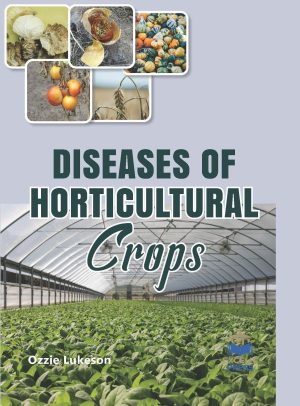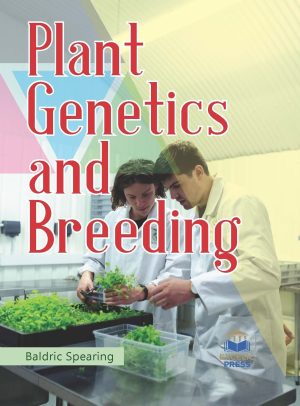Description
Horticulture is the area of plant science that caters to the needs of a broad range of people, from the small backyard farmer in the urban area to the large-scale producer. Horticulture’s adaptability to the home situation makes it attractive to people from all walks of life, including those who may not wish to study agriculture or be identified as farmers in the way society defines them but are willing to grow and care for plants.
Thus, horticulture is a popular instructional program and part-time activity indulged in by many people. This text is an instructional resource in the fundamentals of horticulture and a reference for hobbyists and professionals. As an instructional text, Horticulture: Principles and Practices are designed for use at the undergraduate level. Emphasis is placed on instruction in horticulture’s basic principles and practices, thereby minimizing regional and national biases.
The materials included were chosen to provide a complete introduction to the four general areas of horticulture: ornamental horticulture, fruit culture, vegetable culture, and landscape architecture. Part 1 describes the underlying science. The amount of time spent on these chapters depends on the background of the student. Topics are presented from the point of view of the horticulturist. The reader clearly sees the relevance of science in horticulture. The chapters take the reader through a review of pertinent topics in plant taxonomy, plant anatomy, plant growth environment, plant physiology, and plant improvement. The role of these disciplines of science in the horticultural industry and how they are applied or manipulated to increase the performance of plants are also discussed.
A unique feature of this book is the inclusion of industry highlights. University professors and other industry professionals with expertise in specific aspects of horticulture were invited to contribute papers or photos to enhance topics in selected chapters.




